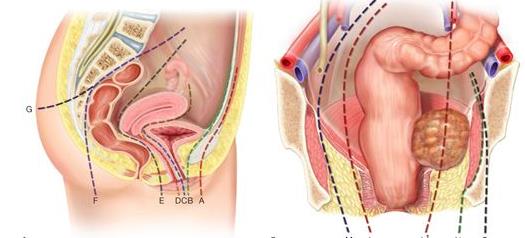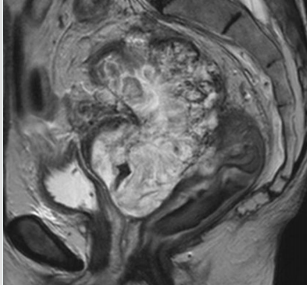Pelvic Exenteration
Pelvic exenteration (or pelvic evisceration) is a radical surgical treatment that removes all organs from a person’s pelvic cavity. Removal or evisceration of the organs include the urinary bladder, urethra, rectum, uterus, ovary and anus that are involved with tumor.
It is indicated in carefully selected patients, to remove locally advanced tumours in the pelvic cavity which could originate from the rectum, bladder or gynaecological organs. Due to the advanced nature of the disease, a wide resection margin is usually required, hence the removal of all involved adjacent organs is crucial. Where indicated, the surgeon will remove the surrounding fat, muscle, tissue and even bone to achieve curative resection. If complete clearance of tumour tissue is deemed unlikely before surgery, exenterative surgery will not be offered.

This highly specialised operation involves meticulous pre-operative planning with specialists in oncology, radiology and pathology. Strategic execution of surgery typically involves the multidisciplinary team led by the colorectal, gynaecology, urology and plastic surgeons.
As with any major surgery, the patient will be counselled extensively about the intended procedure. Risks and benefits of the procedure, likely outcomes including complications, will be discussed. Importance will be placed on proper patient assessment to determine suitability and fitness for surgery. The patient is likely to require multiple clinic visits to consult the specialties involved to ensure complete understanding and for planning for this major procedure.
At the end of pelvic exenterative surgery, the bladder and bowel functionality is reconstructed with a stoma for faeces and a stoma for urinary drainage. The procedure would typically leave the individual with a permanent colostomy and urostomy. The resulting space in the pelvis following the removal of the pelvic organs and soft tissues will be filled and closed with a flap of healthy tissue.
Post-operatively, the patient will be monitored closely during the recovery phase followed by a period of rehabilitation. Intensivists, nurses, dietitians and physiotherapists will typically be involved in the post operative care of such patients.



